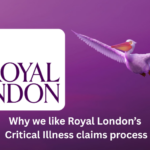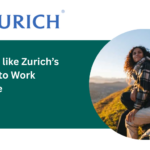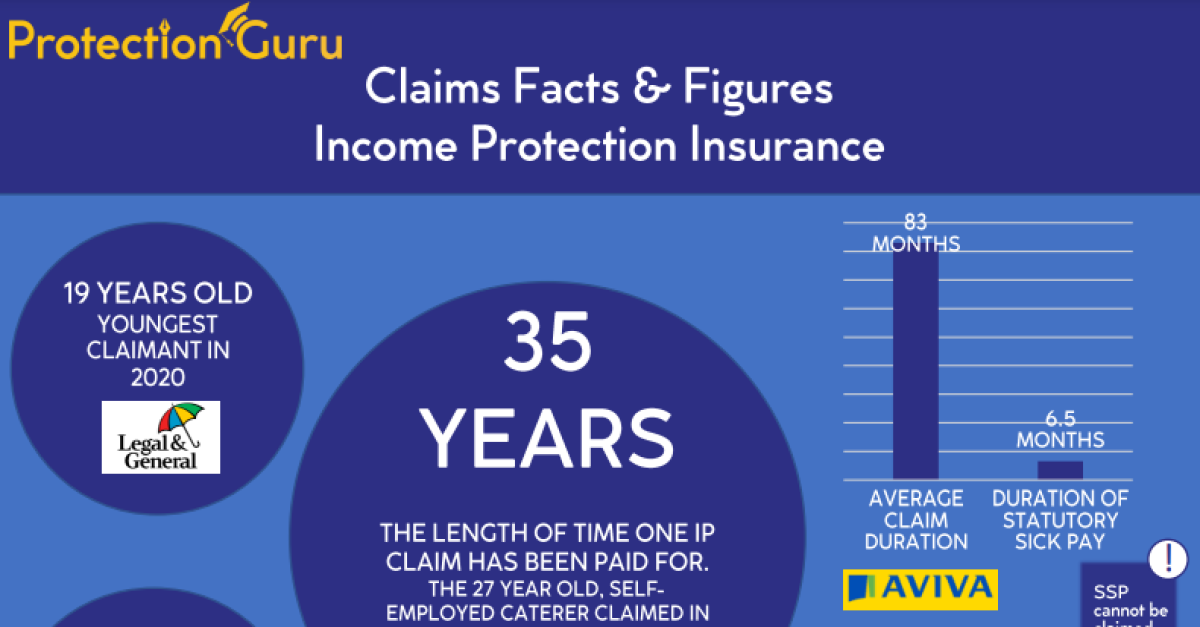
Insurers tell us the Key Trends in Product Development to Expect for 2022

During our December Protection Forum, we asked insurers to look ahead and tell us the key developments in products, claims, and underwriting for 2022. In this article we focus on upcoming changes and trends in product development including improving efficiency and simplicity, added-value benefits, and communication.
At the Exeter we launched a brand new income protection product this year called Income First. One of the things we were pleased to launch with it was a unique employer change promise which provides customers with some protection if they’re employed and they move jobs and perhaps find themselves temporarily under-insured while they’re working through their probation period. It’s been a regular theme of these forums that advisers would like products to flex more easily to customer’s changing needs and that’s certainly something we took into our development last year.
We think this ongoing transition to hybrid work could actually be as disruptive as the move towards remote working in 2020. And we need to be ready to support our customers in any way possible, whether they’re changing jobs, whether they’re changing how they get paid, or even if they’re claiming for different reasons because of these shifts. So things like digital overload and digital burnout come to mind there. This will be a challenge for product providers like us, but one we’re going to work hard to get right because specifically within Income Protection, there’s some really positive momentum at the moment, and we’d like that to continue.
We are looking to simplify the journey. We are working on a delegate functionality currently to add to our proposition. Next year we’re going to be working hard to do more around our critical illness proposition, particularly around the ABI alignment. And then in income protection, we’re looking to regain a strong place in the market. In the days of Friends Provident and Friends Life we had a really strong position in the market and we need to get that back. We’re using our analytics and claims data around IP to improve our claims experience and participate much harder in that sector of the market.
At L&G we’ve expanded our PG Award-winning Ip range, broadened our CI coverage, and launched our Umbrella Benefits package. We’re looking to continue our trajectory in improving our products end to end and pursuing the importance of value-added services.”
From a distribution point of view, we have the tagline ‘Intermediary Designed’ and we have a whole team that is focussed on developing training programmes for advisers and helping them build their businesses. One of the focuses is around how we get what advisers communicate to customers to be understood by customers, using real language which was highlighted in the AMI research recently.
Clients lives have changed and markets have changed. Are we really designing products that are fit for the future and future consumers and brings in those consumers who aren’t already in the market?
In the shorter term, what I see happening is greater simplification so people understand the products they’re buying, but also sort of slightly conversely more choice and more ability to to structure a product, more menu in simple terms. So as an adviser, you can construct the protection your client needs rather than sort of cobble something together and hope it fits.
I think one of the shifts we’ll see over the next year is around added value or ‘living’ benefits that sit in your policy and are there from day one of purchase, not just when it comes time to claim. For me, one of the big things about a product is how we have as an industry and ongoing relationship with the customer that has that product. And these benefits are great things to continue that engagement, to make sure that people are aware that they are there and could be used. The single most common use for our Scottish Widows Care Support through RedArc is around mental health support and around our ‘Clinic in a Pocket GP Service’ which are great tools for engaging people through these services.
I think we need to reach out and use experts in adjacent areas across the financial services and broader charity communities and this will make our industry more of a key part in the psyche of members of the UK population.
We’re really good at talking about protection to protection experts and going out and speaking to adviser firms but there’s a huge underserved portion of the UK population. All the research we do shows an increased awareness of the need for protection, increasing financial resilience, securing finances, but alongside that there’s a lack of knowledge of where to take the next step. So we’re looking o do more educational communication back out to end customers.”
The need for products to be more flexible would be one of the big features going forward. So we’ll be continuing things like payment holidays and looking for ways to industrialise some of the processes that have been built in as a result of reactions to Covid.

















